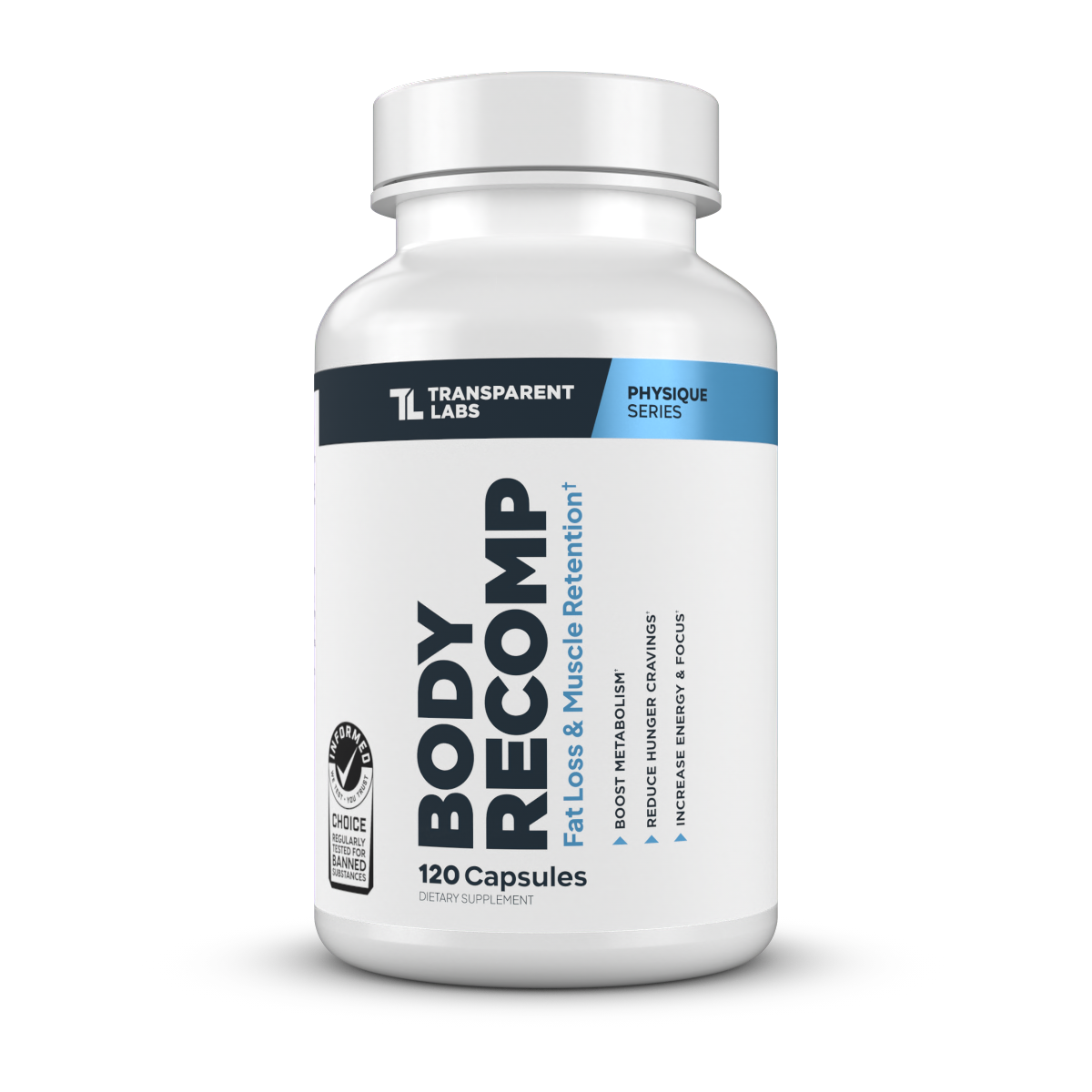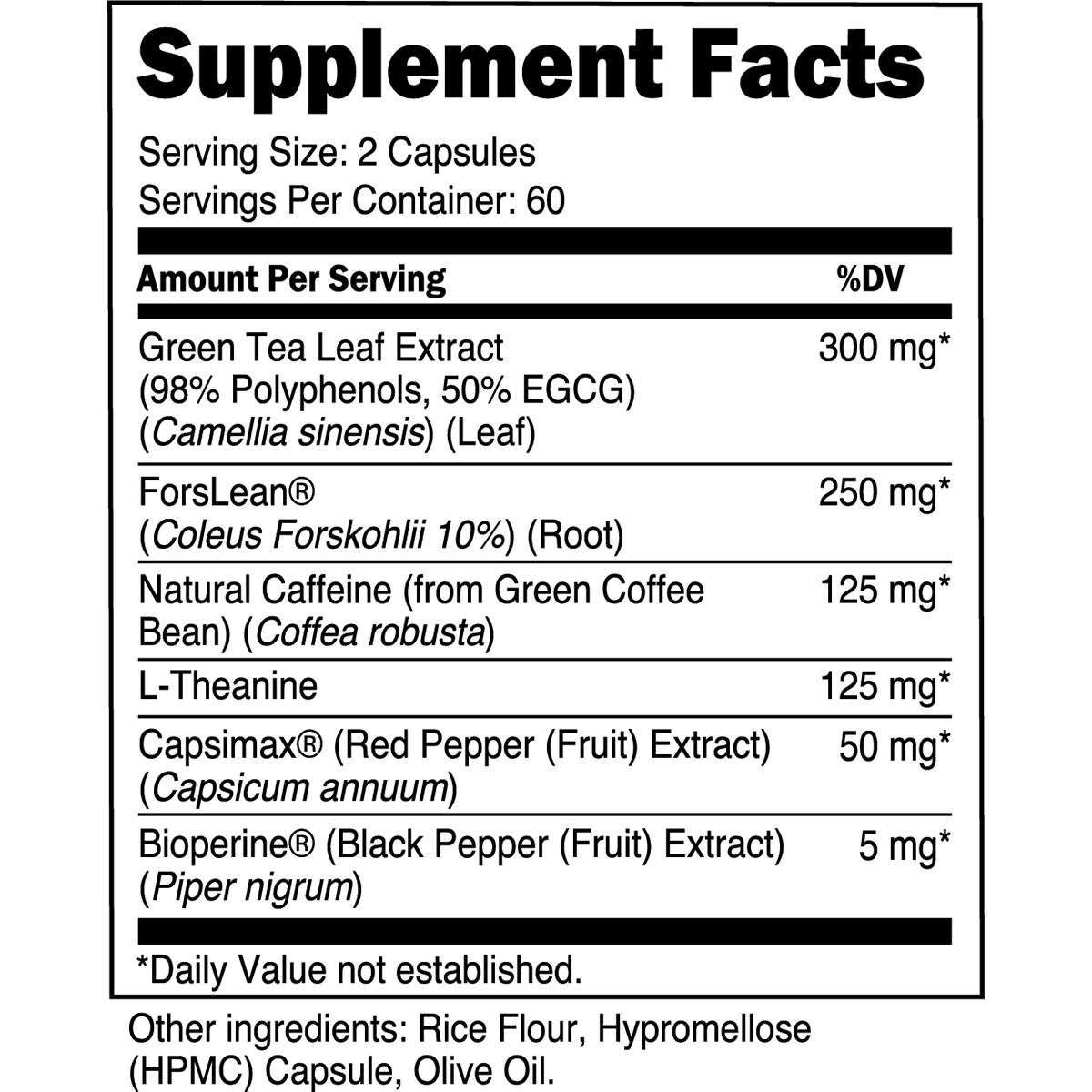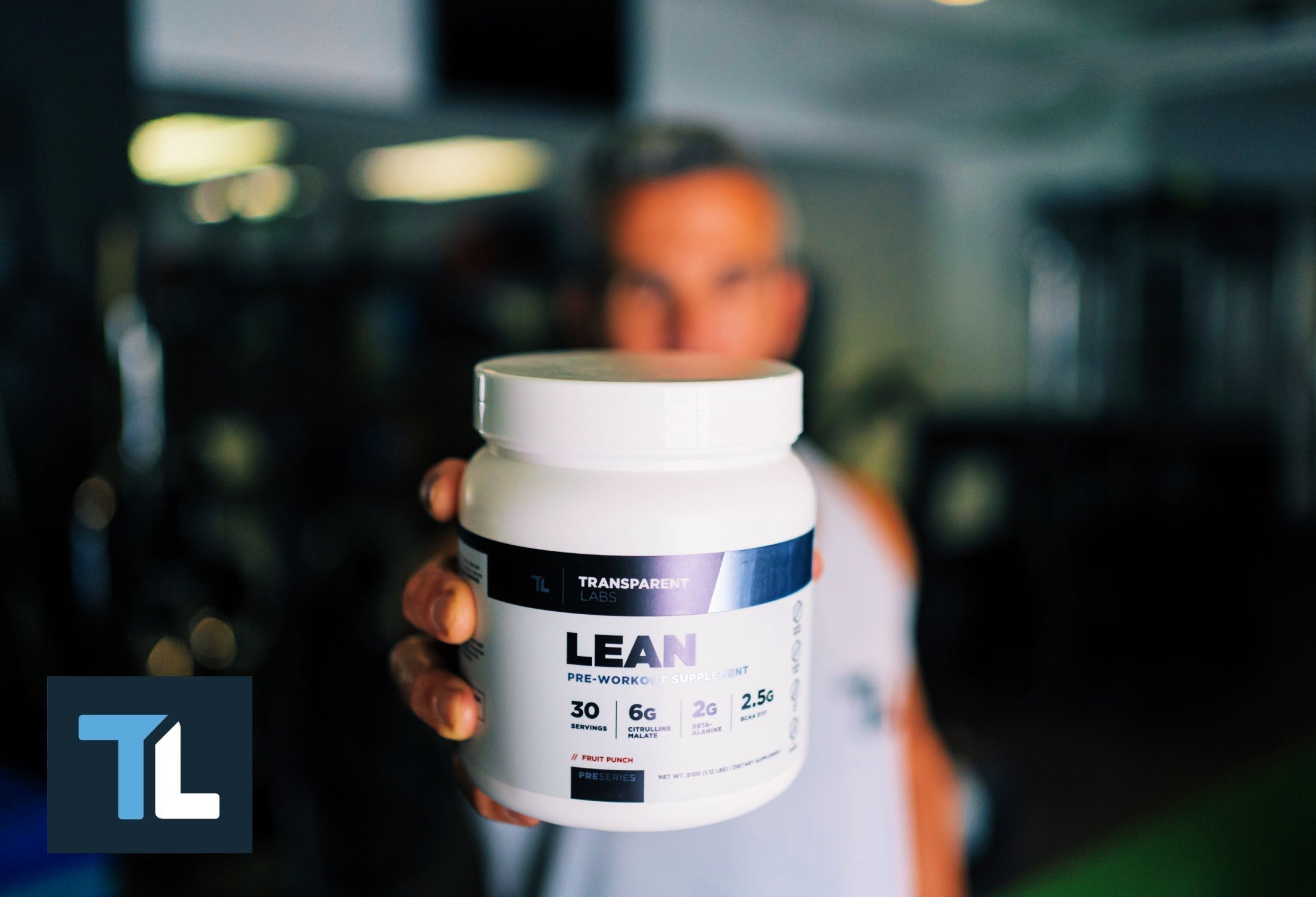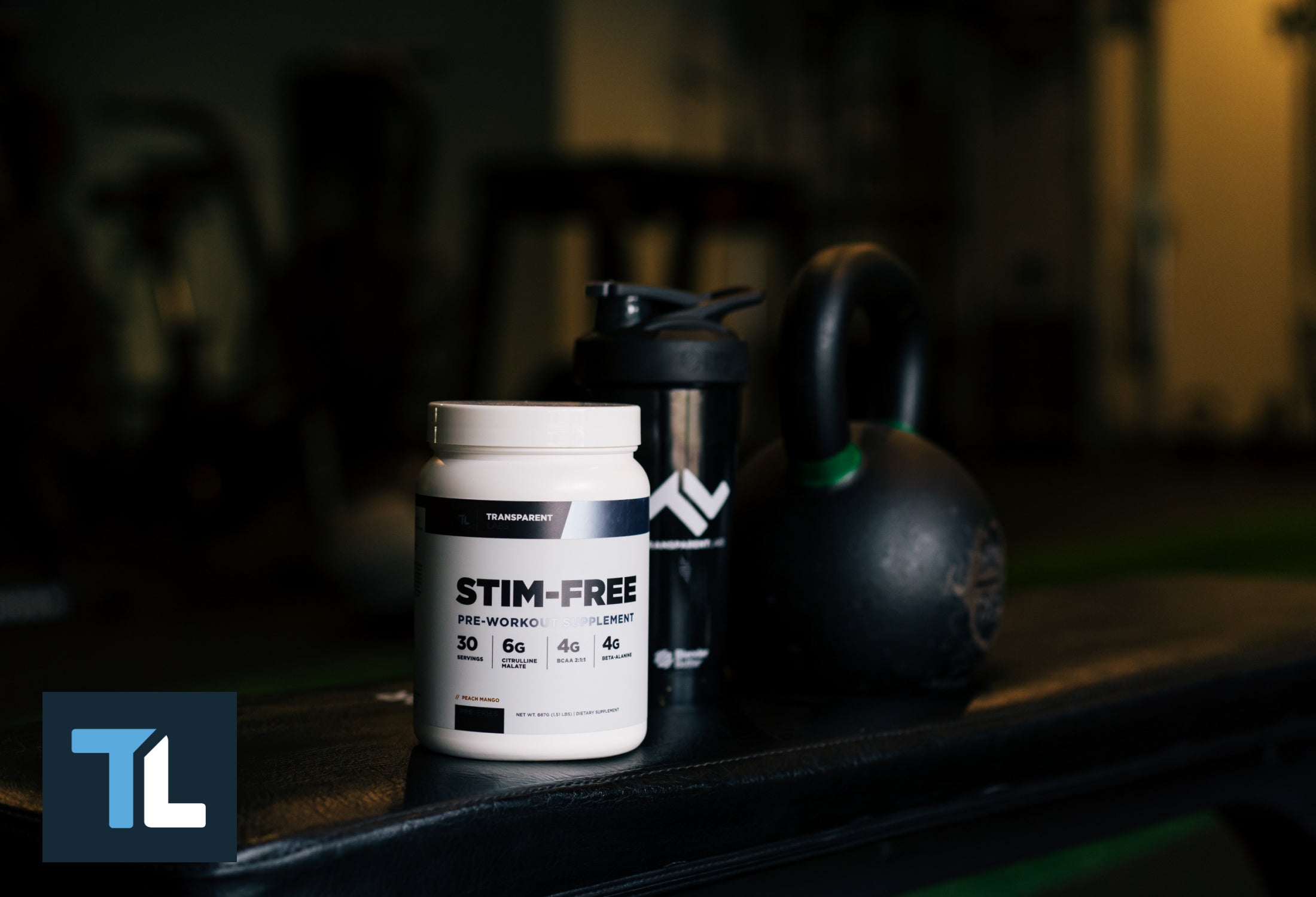Between strength training, cardio, yoga, etc., it can be overwhelming to figure out the right workout regimen for your specific body type, or body goal. This article aims to dive into the research and objectively determine the best workout style for weight loss, specifically.
It’s easy to get caught up in fad diets and exercise plans circulating around the internet, but these typically only help you meet short-term goals. To reach your long-term goals, implement these workout styles into your routine to lose weight, and maintain that weight loss.
Workout Styles
#1. High-Intensity Interval Training:

HIIT workouts. HIIT workouts alternate between high-intensity and low-intensity exercise, followed by a 15-30 second rest period. The short bursts of high-intensity exercise lead to both remarkable weight loss, and improve cardiovascular health.
Not only do you burn fat during your workout, but additionally, HIIT workouts lead to more calorie and fat burn after you exercise. This extra bonus is due to a thing called EPOC--excess post-exercise oxygen consumption--meaning, an elevation in metabolism post-workout [1].
In a study comparing HIIT vs. aerobic exercise, 15 overweight subjects performed an aerobic session of cycling for 40 minutes at 65% of their peak heart rate, while a different set of 15 overweight subjects performed six bouts of exercise lasting one minute each, at 85-95% of their peak heart rate. Each minute was separated by one minute of recovery time for the ladder group. The study showed higher levels of irisin* in the second group [2].
HIIT workouts are ideal because they work the muscles and improve the cardiovascular system all at the same time. These quick workouts also improve blood pressure, insulin sensitivity, and glucose regulation in a short period of time [3].
So really, you’re getting the best bang for your buck with a HIIT workout--quick and effective.
* Irisin is a hormone secreted from muscles in response to exercise [4].
HIIT Ideas:
- Intervals on the treadmill, stairmaster, or bicycle
- Bodyweight exercises like sets of burpees or mountain climbers
- Kettlebell cardio
- Jump rope interval workout
- Battle rope interval workout
- Tire flips
- Sled pushes
- Total body rowing exercise
- Plyometric exercise
- TABATA
- Circuit training
Try this HIIT Circuit:
- Sprint for 30 sec.
- Squat jumps for 45 sec.
- Lunges (20 on each leg)
- Calf raises (50 reps)
Complete circuit four times, with 1 minute of rest in-between each circuit.
Keep in Mind: If you’re doing a HIIT workout correctly, you shouldn’t be able to keep a steady conversation. This will surely be an indicator of whether or not you’re really giving it your all.
#2. Low-Intensity Steady State:

Unlike HIIT, a LISS workout is any form of cardio where one maintains the same cardio pace (a steady state) for a certain amount of time. Okay, we know we just told you HIIT workouts are more effective than aerobic/LISS exercise, but it’s actually beneficial to alternate between HIIT and LISS.
If you do a HIIT workout every day, you’re bound to burn out, leaving your body tired and unmotivated to push through your new routine. Instead, we suggest alternating two or three days each week. Incorporating LISS into your workout will aid to your weight loss goals. Here’s why:
If you’re alternating between the two, you’ll burn more fat than usual in a steady state workout because the interval-training will have led to glycogen depletion [5]. LISS also puts you in an active recovery mode on your rest day, so you don’t wear out your body. And just one more benefit in case you don’t already believe us: LISS increases cardiovascular endurance, so your next HIIT session will be much easier, resulting in easier weight loss.
Ultimately, LISS helps with an overall active lifestyle. But don’t be fooled, just because a LISS workout has the word ‘low’ in it, doesn’t mean it’s easy--if you’re doing it right. ‘Steady state’ means starting from at least 30 minutes and working for as long as you choose [6]. When it comes down to it, you can’t quite reap the benefits of HIIT without LISS. It’s just as important when losing weight.
LISS Ideas:
- Jogging
- Walking (briskly)
- Swimming
- Cycling (slowly)
- Hiking
- Elliptical
Try this LISS Workout:
- Pedal forward on the elliptical for 15 min. at a steady pace.
- Pedal backwards for 15 min. at same pace.
(Duration can vary based on level)
#3. CrossFit:

Again, what is it? And will it actually help you attain your goals? The CrossFit workout program is another popular workout style for weight loss. It’s designed to be an intense program requiring discipline and commitment. With over 7,000 gyms set up worldwide, CrossFit has taken the stage. Every CrossFit gym is set up for participants to complete either solo, or group workouts. You can work by yourself, or with a trainer alongside other participants in what CrossFit calls a “box.” The workouts themselves are quick, intense, and include military-style exercises.
Like HIIT, CrossFit is another high-intensity workout that can burn calories in minutes--if done properly. The American Council on Exercise (ACE) says men can burn an average of 20.5 calories per minute [7]. Not only is CrossFit designed to reduce weight, but it increases muscle mass, leaving your body with a lean, tighter look and a healthy metabolism.
These short workouts are designed to help you stick to your exercise program, so find a local CrossFit box near you or even try the workouts posted on their website to do by yourself. Participants can complete a workout of the day (WOD) right from their homes--so it’s both a convenient and efficient program. Oh, and workouts are posted every day. Enough said.
“WOD” Example [8]:
- 15 strict pull-ups
- 30 push-ups
- 45 squats
Complete as many rounds as possible in 20 minutes. (And if there’s ever a workout where you don’t have the right equipment, you can easily modify/vary the routine.)
#4: Resistance Training:

Here’s where we get even broader in workout styles. Resistance training is any exercise that causes muscles to contract against an external resistance [9]--resistance being dumbbells, rubber exercise bands, bodyweight, or pretty much any other object that adds resistance. It can be a gallon of milk if you’re into that.
There are several forms of resistance training ranging from weightlifting to using machines at the gym. Here’s why you need resistance training in your weekly routine to stay on top of your weight loss goals:
Resistance training may not actively burn as many calories as an intense cardio workout, but it can really affect the overall composition of your body. In losing weight, you don’t want to lose everything. Fat, yes. Muscle, no. In order to maintain (or increase) muscle mass while losing weight, you’ll want to implement some resistance training into your routine to have that toned look you want.
A weight loss journey can be a tough, grueling process. And many people get so fixated on the number on the scale, that they feel like results will never come. Well did you know muscle weighs more than fat? So if you’re doing both cardio and resistance, don’t get frustrated with your scale. Results will come. You just happen to be building muscle and burning fat. It’s a win-win. High resistance training also has a high EPOC effect.
Long story short, you need both cardio and resistance for weight loss.
Resistance Ideas:
- TRX Suspension Training
- Chest presses
- Reverse crunches
- Squat thrusts
- Lunges
- Step-ups
- Straight leg raises
The list goes on.
Try this Resistance Circuit:
- Dips (12-15 reps)
- Jump rope for 1 min.
- Curls with resistance bands (20 reps)
Complete circuit four times, with 1 minute of rest in-between each circuit.
Wrapping Up
Through extensive research, we’ve found that these workout styles are key for weight loss. If you’ve tried hitting the gym regularly and are eating clean, but still see no difference...take a step back and reevaluate. Reevaluate how you’re working out and whether the types of exercise you’re completing are really serving you. Incorporate these workout styles to not only help you lose weight...but to create an active lifestyle.
Remember: HIIT will melt fat away. LISS will keep you on track with your goals. CrossFit will give you specific, easy-to-follow workouts (and a friendly environment). And resistance training will help you retain or increase your muscle mass all while shedding pounds.
Let us know how your journey goes.





